

As the world becomes more technologically advanced, it's essential to keep up with the latest advancements in your field of work. Agriculture and ecology are no exception. That's where multispectral drone mapping comes in.
Multispectral imaging is a cutting-edge technology that uses drones equipped with specialized cameras to capture images in various wavelengths of the electromagnetic spectrum. This technology is particularly useful for agriculture and ecology applications in Ireland, where the climate and terrain can be challenging to navigate.
As licensed engineers, we also provide the expertise, understanding, and knowledge necessary to carry out a thorough inspection, with deliverables to match. Our skilled engineers are at the ready.
The Irish Aviation Authority has awarded Engineers with Drones full approval in accordance with the most recent European-wide EASA regulations.
To ensure that you always get the best possible service and cutting-edge deliverables, we purchase the most up-to-date drone technology as soon as it's available.
The operation of Engineers With Drones is governed by a comprehensive HSSE system. Our guiding principles are to reduce risk through rigorous assessment, and to maintain a high level of staff education and training.
We have 6.5 million in public and product liability insurance, and 13 million in employers' liability insurance. Engineers with Drones are fully insured to fly wherever you need.
As we're situated in Ireland, we can respond to your needs quickly, with zero travel complications.
As seasoned engineers in the field, we are aware of the trouble that shoddy reports and deliverables can create. For this reason, we provide you with exactly what you require.
Thanks to our fast turnaround times, your entire project can be completed in a fraction of the time of traditional methods, without any compromise in the quality of your deliverables.
In addition to quadrupling the resolution of an HD camera, 4K also gives you quicker frame rates, incredible contrast variations, and expanded colours. VR video takes the level of immersion and clarity to the next level.







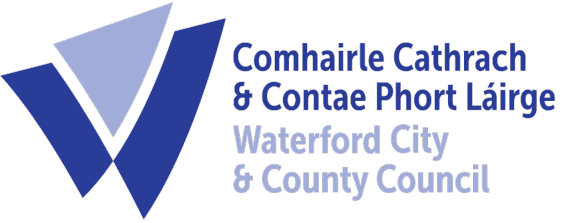

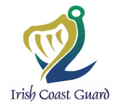
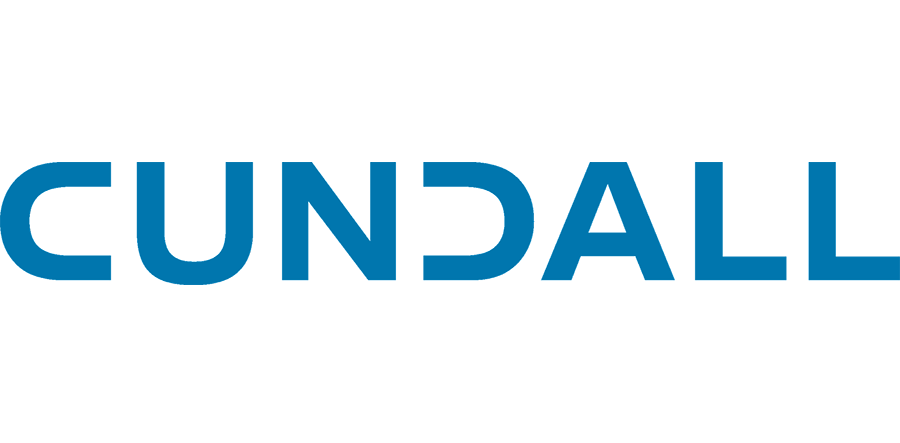










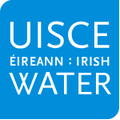

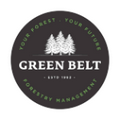





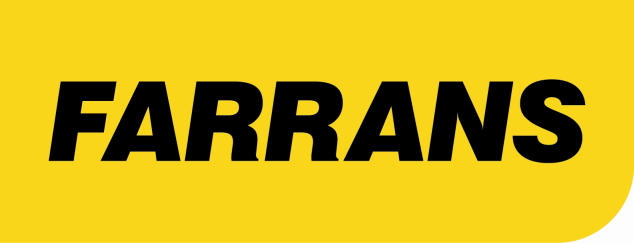
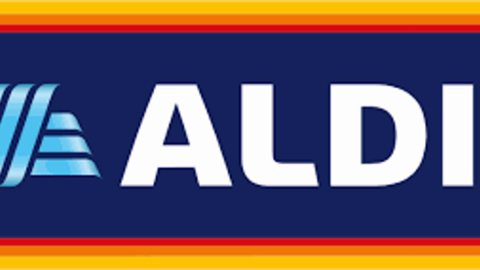






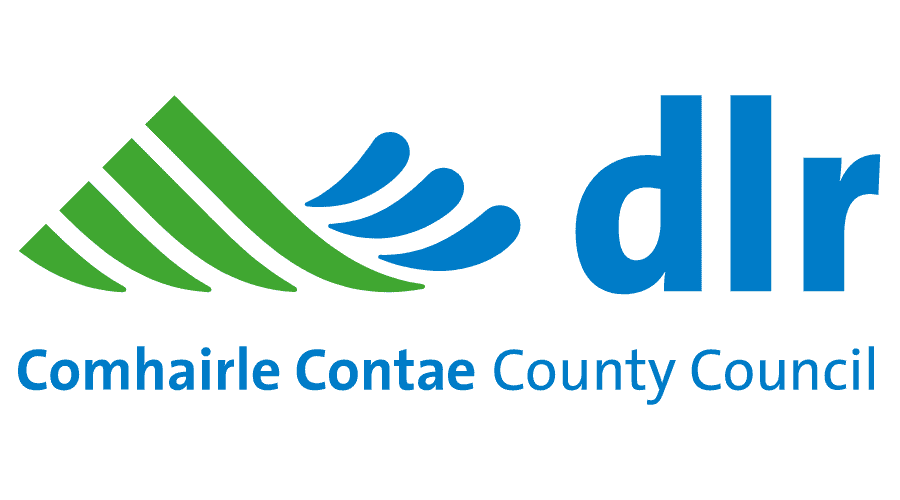











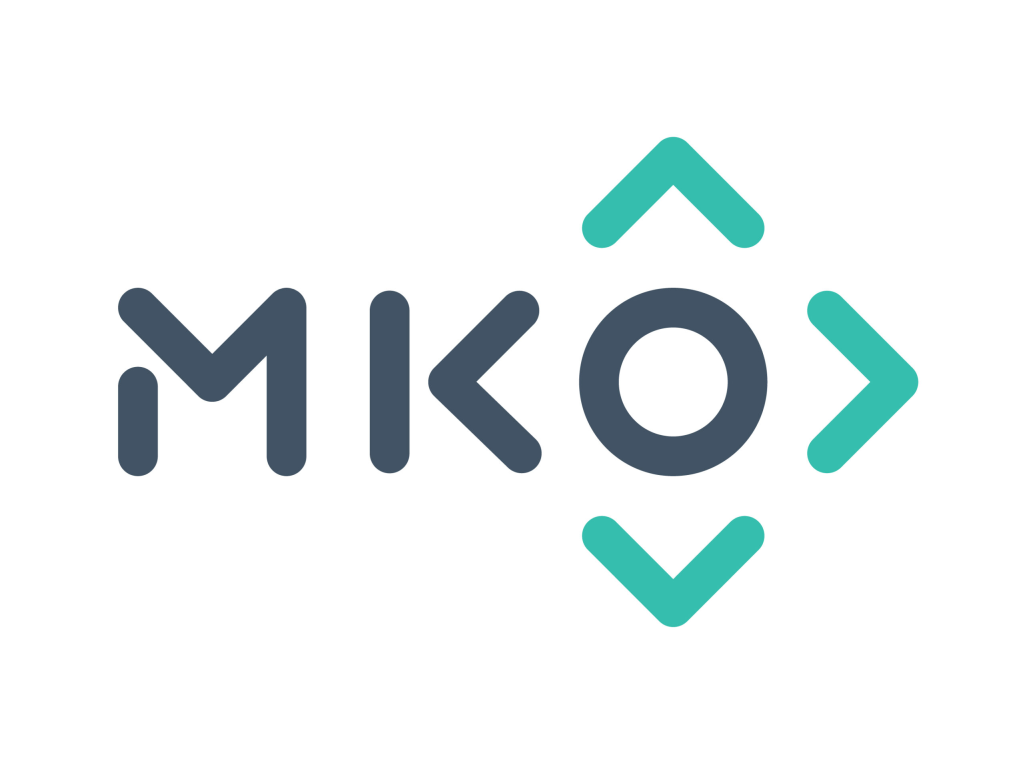
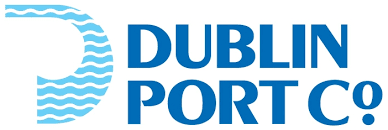









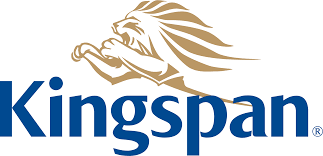












































































































































The safety of your personnel and our own is paramount, and we place it at the forefront of our company culture. Ask us about our HSSE systems and practices.
Drone inspections take up less of your manhours and resources than traditional inspections, giving you a faster and more budget-friendly return on your investment.
We use cutting-edge technologies to detect problems that would otherwise be invisible. These include ultra-HD photography/video, LIDAR and thermal imaging.
Drones capture high-quality, impartial information that gives you an exact assessment of the status and needs of your asset.
Thermal IR technology and ultra HD allow our engineers to get a view that is not available to the naked eye. From a safe distance, we can find defects and insights that are only visible with a drone.
We understand that you need answers fast. We can deliver a plain-English report with clear-cut conclusions in days. Then, you can take the steps you need to and get back to doing what you do best.
Need us there in a hurry? No problem. Let us know what you need, and we can be there on the same day. After all, sometimes the problem just won't wait.
Sometimes the brief can change even in real-time. If need be, you can be stood there right next to the drone operator, directing them as the situation develops.
With multispectral drone mapping, you can quickly and efficiently obtain accurate, high-resolution imagery of your crops or ecological sites. This technology uses advanced sensors that capture data across a wide range of the electromagnetic spectrum, including visible light and infrared radiation. This information can then be analyzed to identify areas of concern, such as plant stress, disease, or pest infestations.
With Engineers With Drones, you can trust that your multispectral drone mapping needs are in good hands. We are committed to delivering timely and reliable service that exceeds your expectations. Our team is passionate about using technology to solve real-world problems, and we believe that multispectral drone mapping has the potential to make a significant impact in the world of agriculture and ecology.
By using multispectral drone mapping for agriculture, you can make informed decisions about how to manage your crops, optimizing yield and minimizing waste. The data collected by the drone can be used to create detailed maps of your fields, highlighting areas that need attention and allowing you to take action before problems escalate. With this level of precision, you can also tailor your approach to each specific area of your field.
Multispectral data can analyzed and processed to create a detailed map of the field. Using this map, farmers can then create a prescription map, which specifies the application rate for each area of the field. This prescription map can be loaded into a VRT-enabled application system. As the application equipment moves across the field, the VRT system automatically adjusts the input rate in real-time based on the prescription map.
For ecological monitoring, multispectral drone mapping can provide a wealth of information about the health of your ecosystem. By analysing the data collected by the drones, you can identify areas where biodiversity is thriving, as well as areas where invasive species may be taking over. This information can then be used to develop targeted conservation and management strategies that will help you protect and preserve the environment.
At its core multispectral imaging involves acquiring multiple images of the same area of the ground at different wavelengths of light. These images can be combined to create various spectral indices that provide important information about the surface features and properties. The various indices provide valuable information for a wide range of applications, including agriculture, forestry, water resource management, and environmental monitoring.
Here are some commonly used multispectral indices and their applications:
NDVI is a widely used index that measures the amount of live green vegetation in an area. It is calculated by subtracting the reflectance of near-infrared (NIR) radiation from the reflectance of red visible light and dividing the result by their sum. NDVI values range from -1 to +1, with higher values indicating more healthy vegetation.
GNDVI is similar to NDVI but is more sensitive to green vegetation, and is less affected by soil brightness or background reflectance. It is calculated by subtracting the reflectance of green visible light from the reflectance of NIR radiation and dividing the result by their sum.
EVI is a modified version of NDVI that provides a better measure of vegetation in areas with dense canopies or where the soil is visible. It is calculated by combining the reflectance of blue, red, and NIR wavelengths.
NDRE is an index that measures the difference between the reflectance of red-edge light and NIR radiation, which is particularly sensitive to vegetation stress and biomass. It is used in precision agriculture for crop health monitoring and yield prediction.
LCI is an index that measures the amount of chlorophyll in leaves, which is an indicator of plant health and photosynthetic activity. It is calculated by combining the reflectance of red and NIR wavelengths.
MCARI is another index that measures chlorophyll content in leaves, but it is less affected by changes in leaf structure or background reflectance. It is calculated by combining the reflectance of blue, green, and red wavelengths.
SPNI or SIPI3 is an index that measures the amount of nitrogen in plants, which is an important nutrient for growth and productivity. It is calculated by combining the reflectance of red and NIR wavelengths, and is commonly used in precision agriculture for nitrogen management.
SAVI is similar to NDVI but is adjusted to account for the presence of bare soil in the area. This index is calculated by dividing the difference between the reflectance of NIR and red light by their sum, plus a soil brightness adjustment factor.
NDWI is an index that measures the presence of water in an area. It is calculated by subtracting the reflectance of short-wave infrared (SWIR) radiation from the reflectance of green visible light and dividing the result by their sum. NDWI values range from -1 to +1, with higher values indicating more water.
NBR is an index that measures the severity of fire damage to vegetation. It is calculated by subtracting the reflectance of NIR radiation from the reflectance of SWIR radiation and dividing the result by their sum.
UAI is an index that measures the amount of impervious surfaces in an urban area, such as roads, buildings, and pavements. It is calculated by combining the reflectance of green, red, and NIR wavelengths.
We purchase the latest drones as they come on the market to ensure you are getting the highest quality service from us at all times. Here is a quick look at what we would be most likely to use for a typical drone multispectral mapping.

This is a very special tool in our bag, as it comes with a newly upgraded imaging system with one 20MP RGB camera + four 5MP multispectral cameras (green, red, red edge, and near-infrared). Enables us to deploy it in high-precision aerial surveying, crop growth monitoring, and natural resource surveys.

The DJI D-RTK 2 mobile base station helps make accuracy easy. This GNSS receiver supports GPS, GLONASS, Beidou, and GALILEO signals, allowing for centimetre-level positioning. The integrated IMUs monitor movements and calibrate tilt sensors to minimize risks.
Read more...
Read more...
Read more...
Read more...
Read more...
Read more...
Read more...
We take emails, phone calls, messages, everything! If you are unsure of what's possible we are happy to advise, the most important thing is to get in touch. We'll be happy to answer any questions you may have.
With drones, it's best to begin where you want to end up. What sort of deliverable would you like when it's all finished? If you are not sure then we can advise. We can look at what you would like and work backwards from there.
Once we have agreed on what is to be done, the scope of work is set and a price is agreed upon. We feel it is vital that everyone knows what they are getting and what they are paying for it. There should be no confusion.
Once we have confirmation you are happy to proceed, we start the ball rolling. We organise things like RAMS, site permits, Air Traffic Control clearance and much more. Basically, we generate everything needed to turn up on-site with all our ducks in a row.
Next, we do the work on site. We have the gear, we have the know-how, so now it's time to get the job done. This can sometimes be affected by the weather, but for the most part, we get the job done on the date specified.
This is where we take what we generated in the field and turn it into a final deliverable for you. This can be anything from the raw data itself, to fully processed Orthophotos, condition reports, CAD line work or thermal imagery.
The final step is the handover of the deliverables. We tend to use a cloud-based service, so you can access your data anywhere. We can also tie into your existing systems if that is more convenient.
Our drones (and our people) can offer a lot more than just HD images. Our team all come from specialist engineering backgrounds, and they use all the very latest drone technologies and capabilities to deliver expert analysis on all types of commercial, civil and industrial assets. If you need an engineer's expertise, next-generation drone technology and industry-leading deliverables, then you've come to the right place.
Capture high-quality imagery of your assets from never before seen vantage points.
Find out moreSee the condition and health of crops and vegetation with multispectral imagery.
Find out moreRecord incredibly detailed elevation data to aid in ultra-precise measurements and calculations.
Find out moreMap the features and topography of your land/space efficiently using drone technology.
Find out moreDetect abnormalities within your assets that are otherwise invisible to the naked eye.
Find out more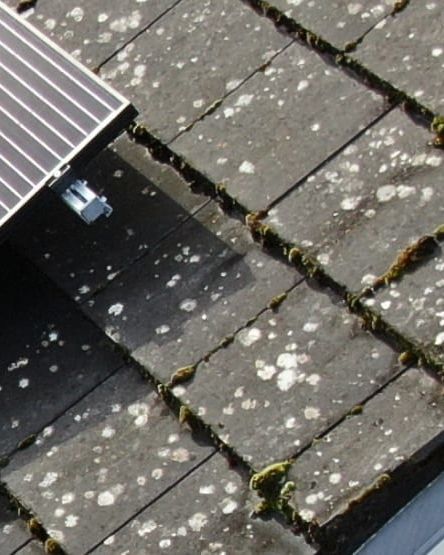
Ensure solar panel efficiency from precise data collection
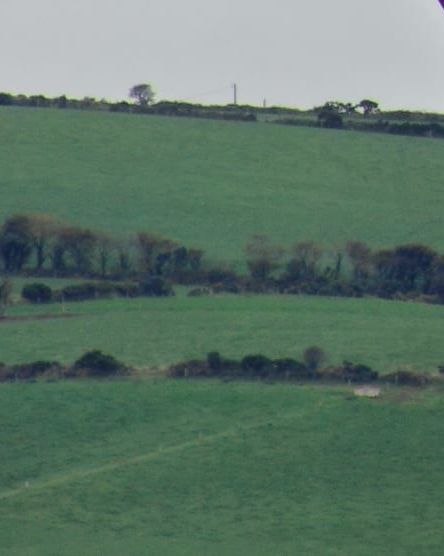
Critical, pinpoint details with none of the risk
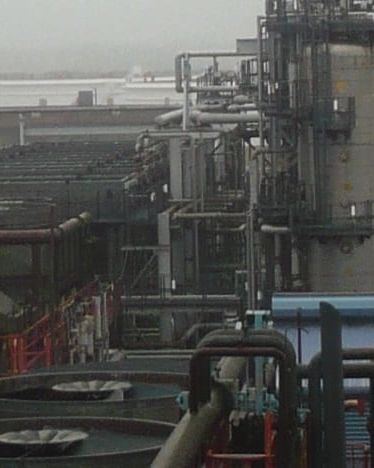
Keep production running while collecting instant critical data
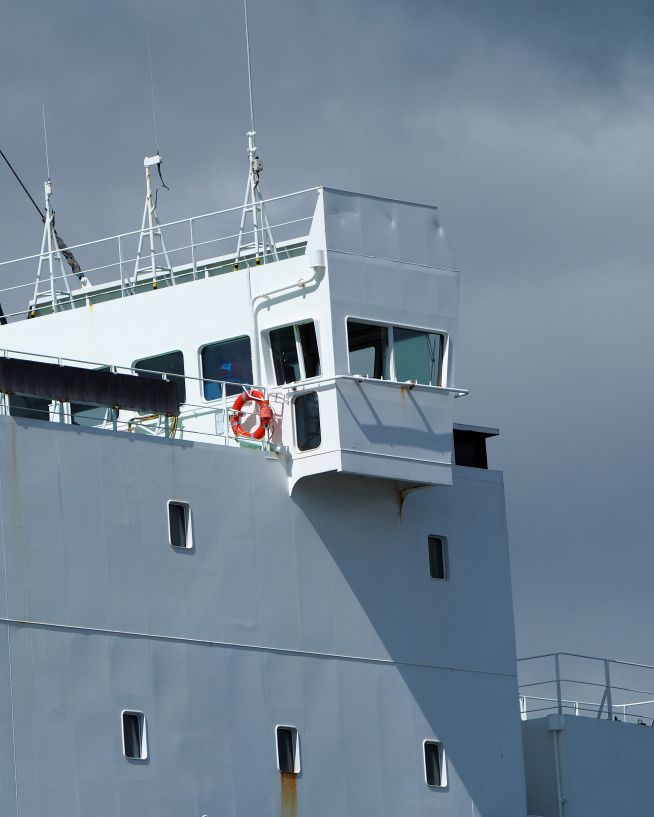
Safe, precise and instant reports on vessels and infrastructure
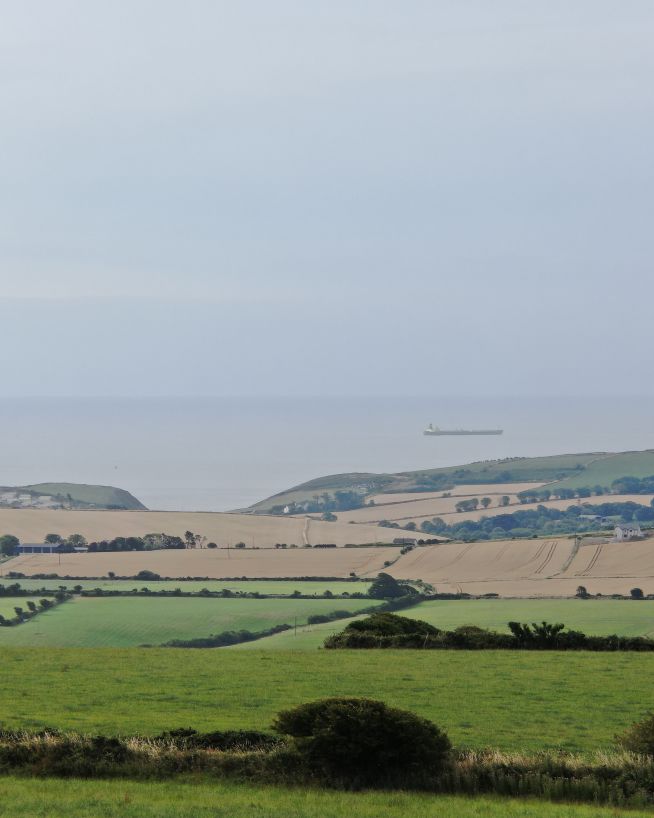
Endless perspectives, without manned aircrafts or structures
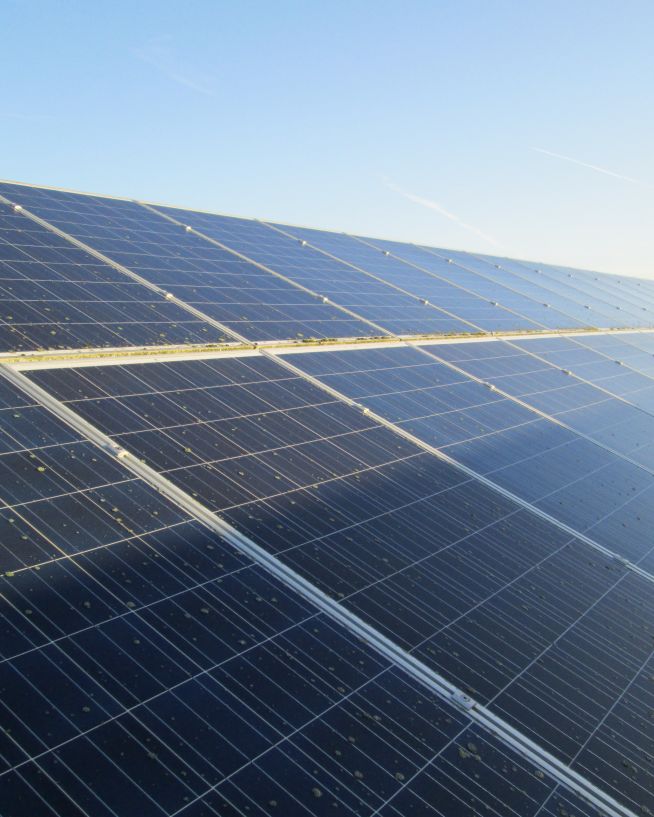
Get actionable data on quality and operational health
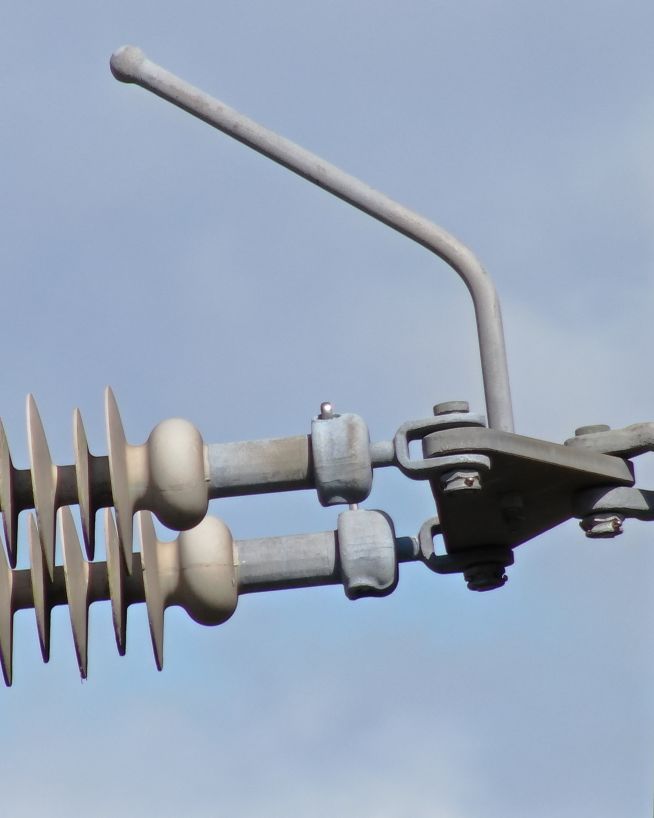
Instantly usable data via a safer and more cost-effective process
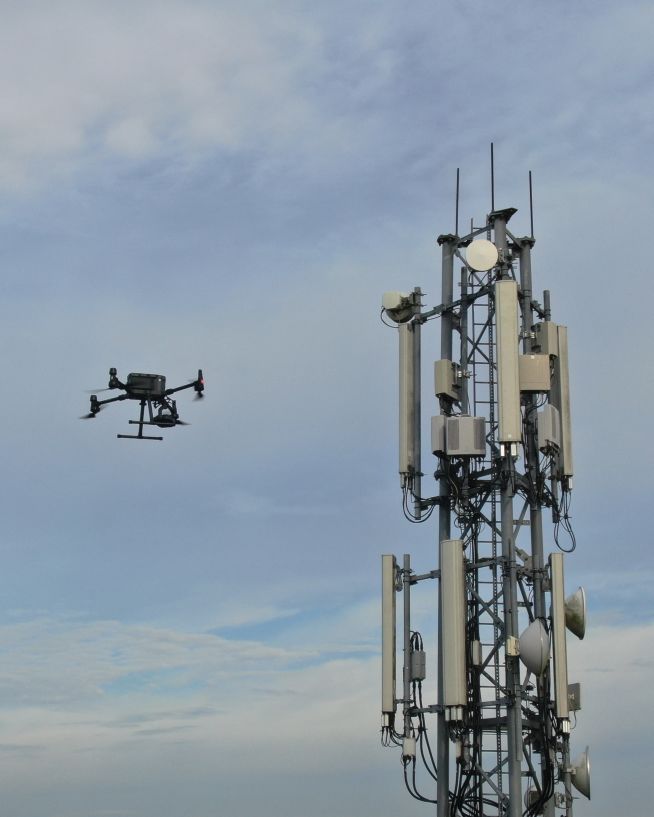
Reduced risk, damage to towers and delays
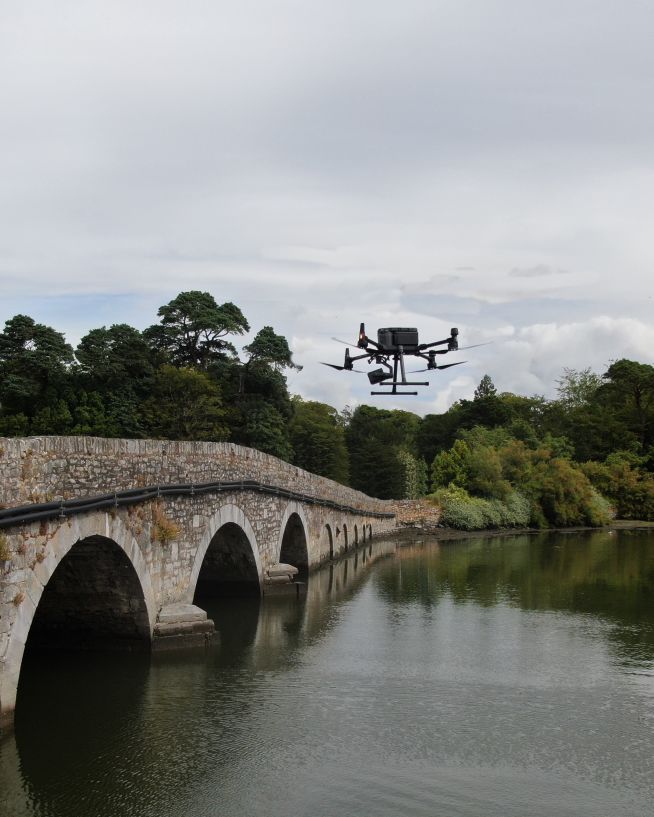
Safer, more cost-efficient, with less downtime
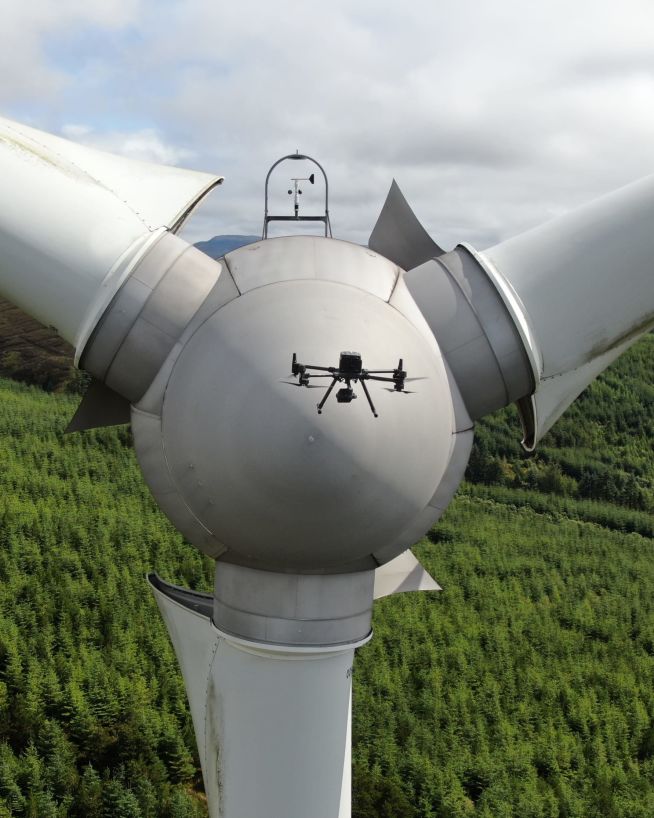
Inspect and maintain energy assets without risk or downtime
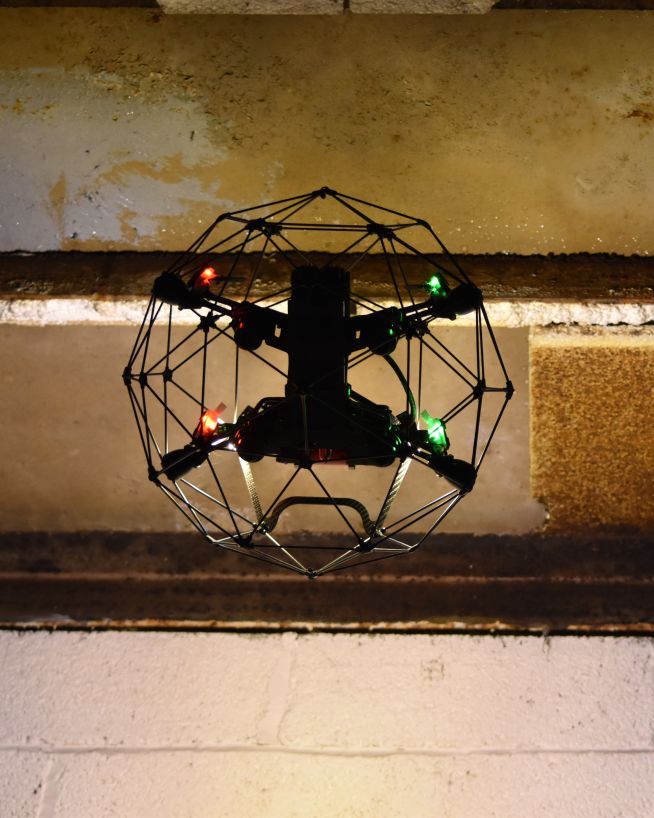
Eliminate safety concerns, save costs and reduce downtime
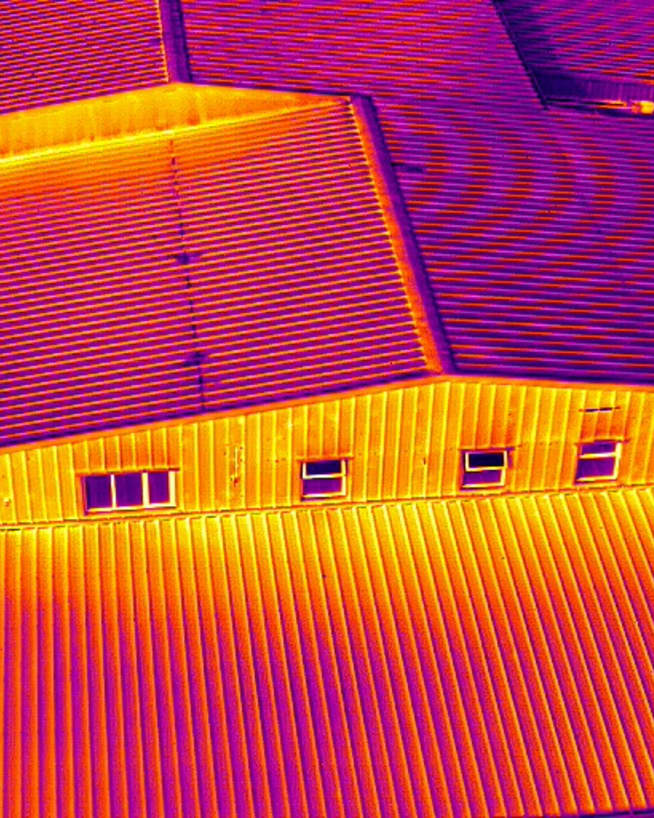
Record and document reliable visuals without safety concerns
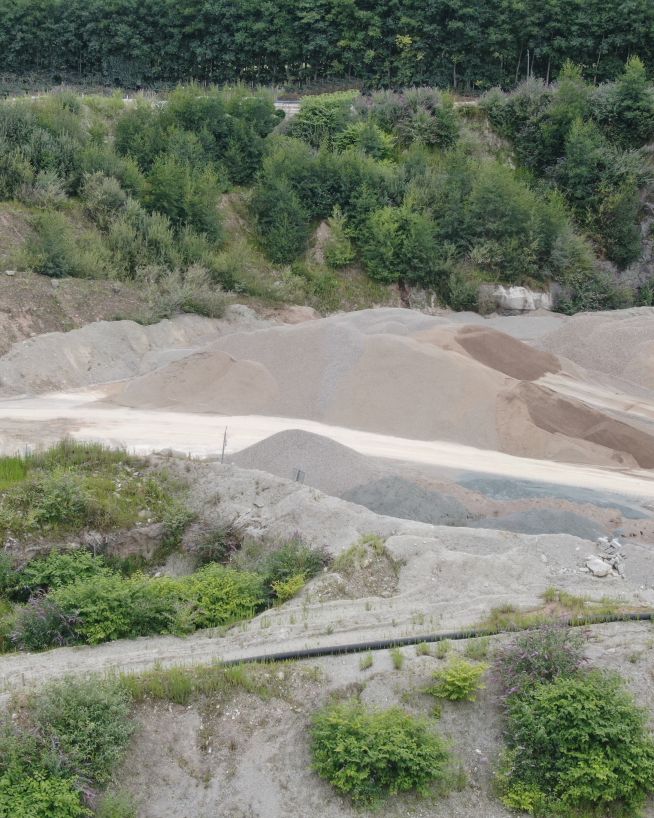
Monitor status and progress without downtime
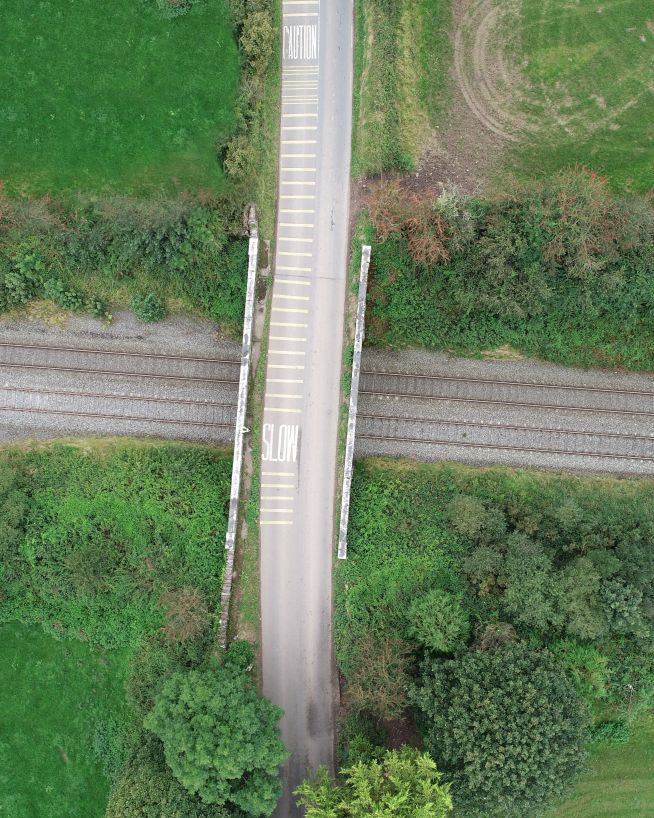
Eliminates downtime and safety concerns, at a fraction of the cost
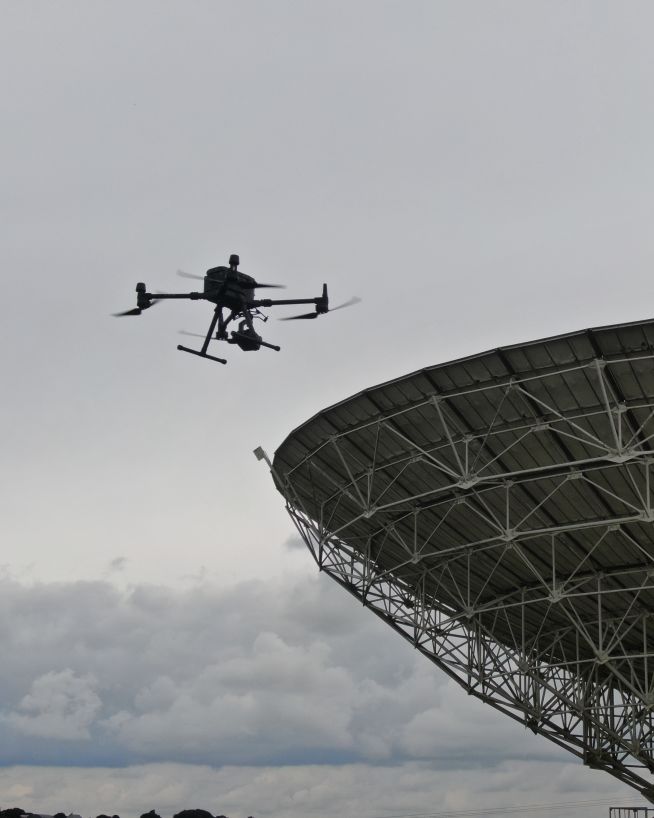
Get critical data on cell and telecommunication infrastructure
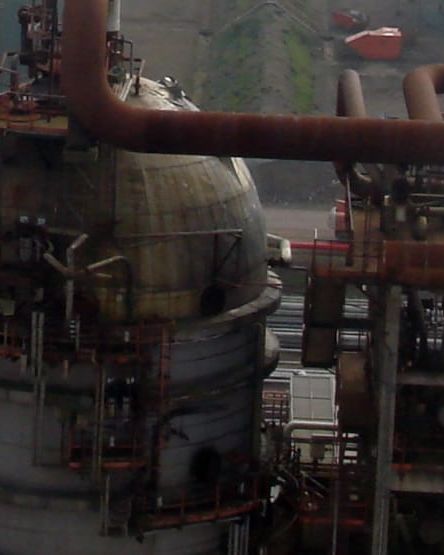
Fast, actionable data without the risks of traditional inspections
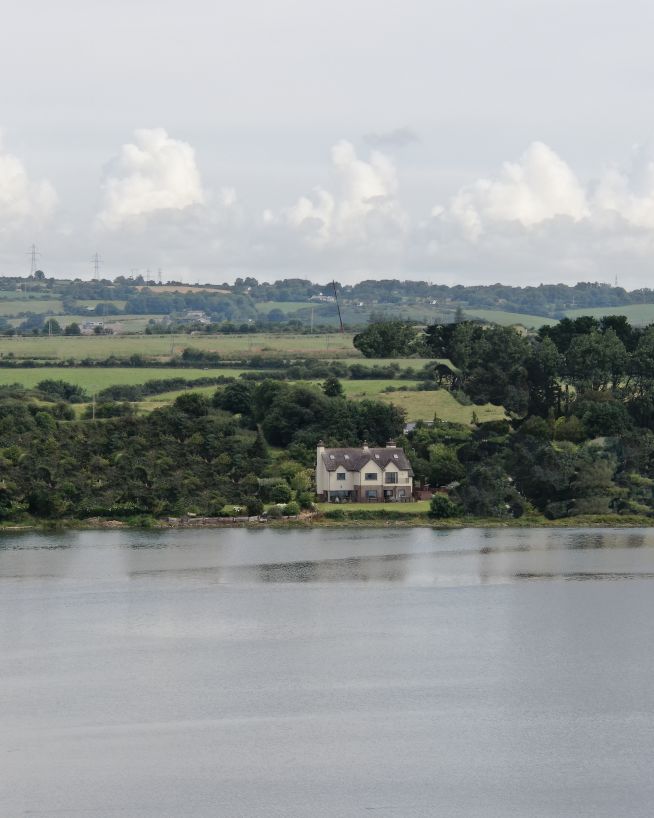
Add "Wow Factor" to residential and commercial property listings

Faster, cheaper and more accurate analysis of land
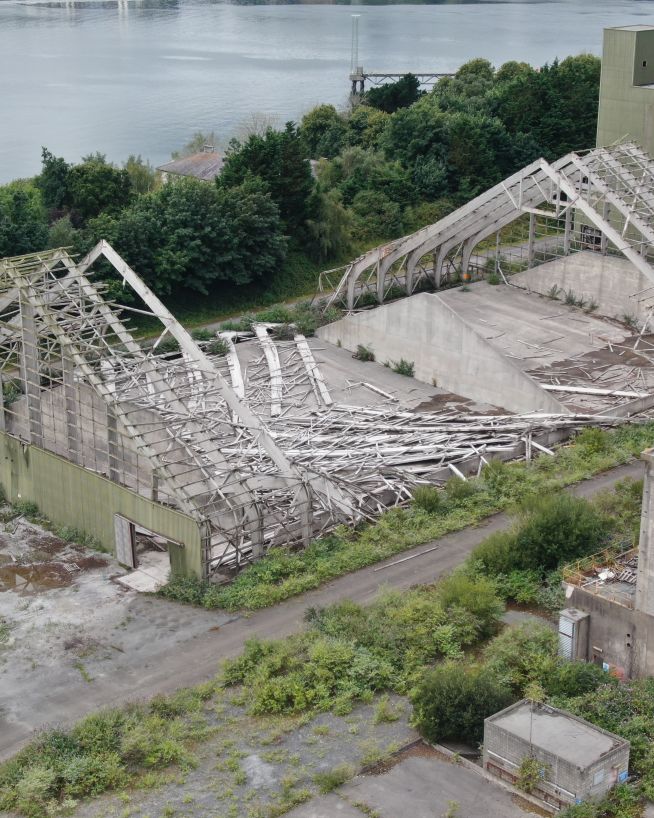
Assess damage quickly and with pinpoint accuracy
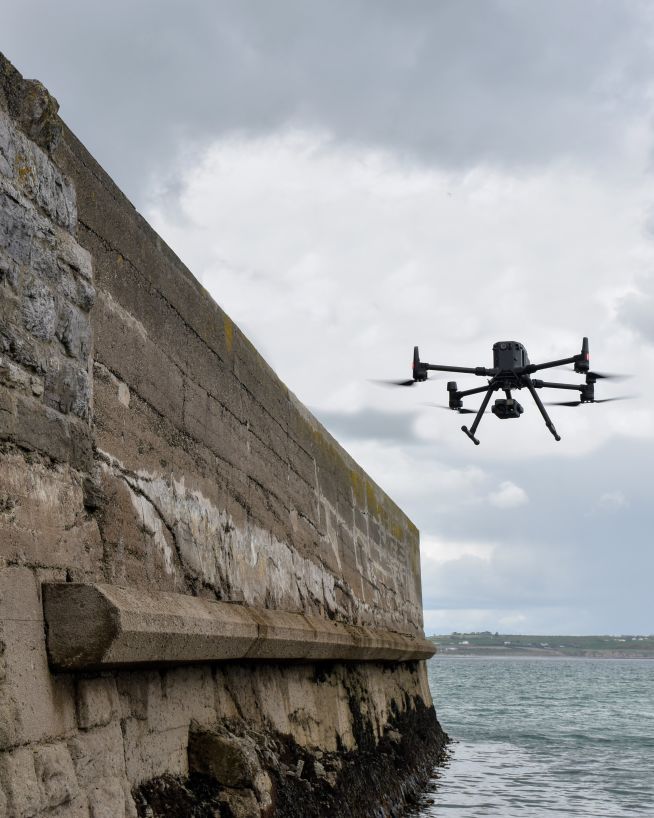
Monitor coastal assets safely and with more precision
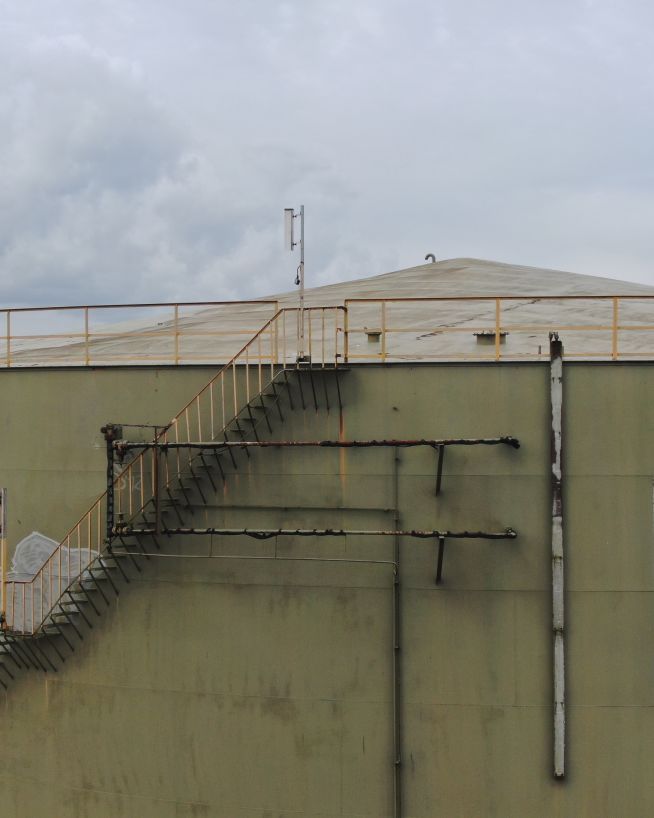
Get fast, usable data from a safe distance
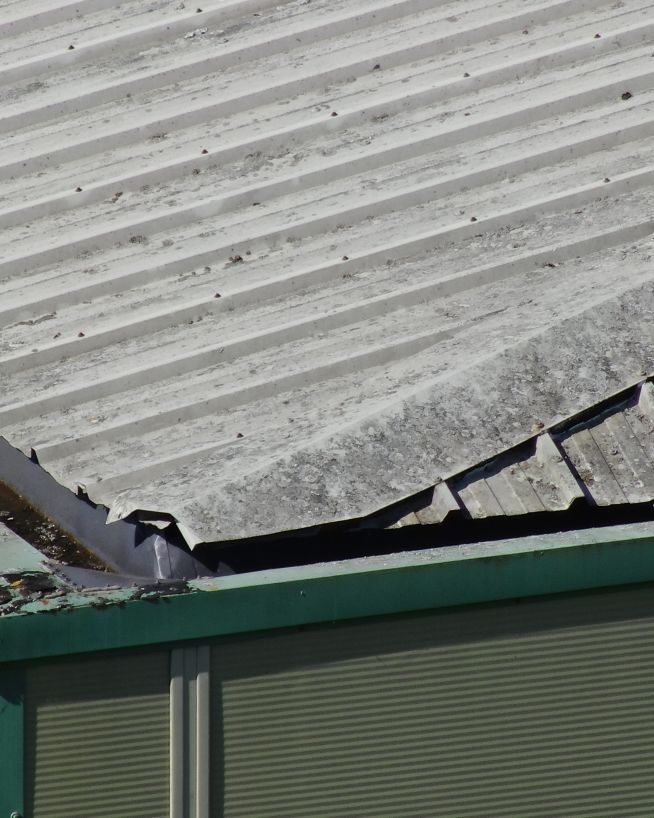
Clearer, faster results without the risks
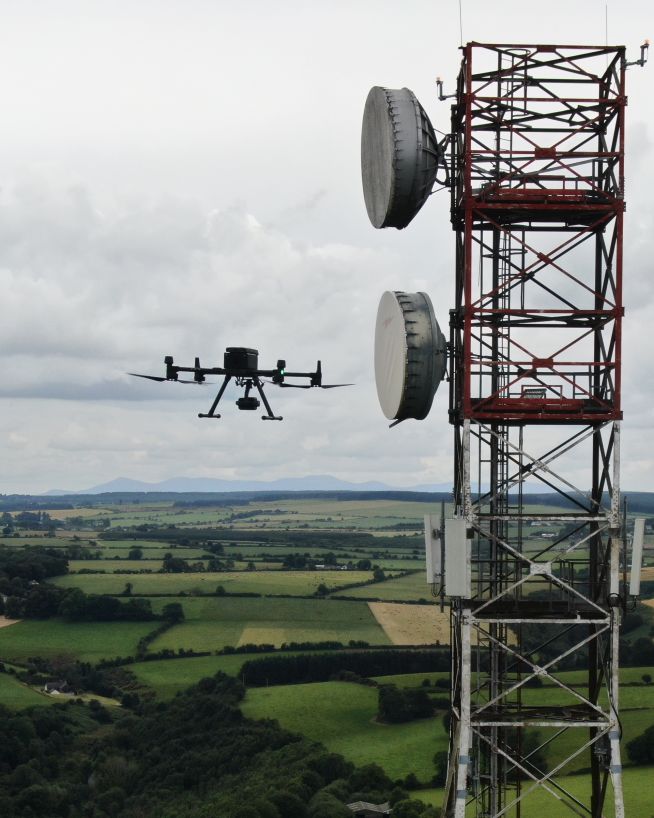
Instantly view complex structures, keeping risks to a minimum

Safer, more precise data collection at a fraction of the cost
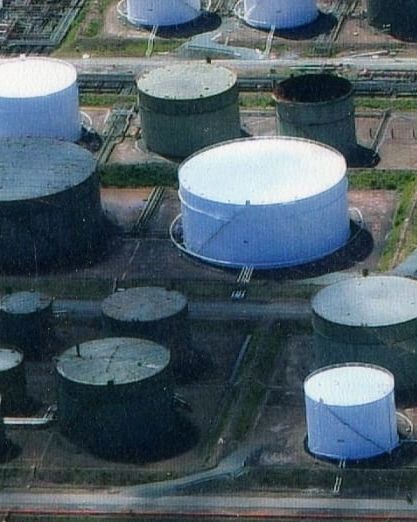
Safer and more cost-efficient flare (oil and gas) inspections
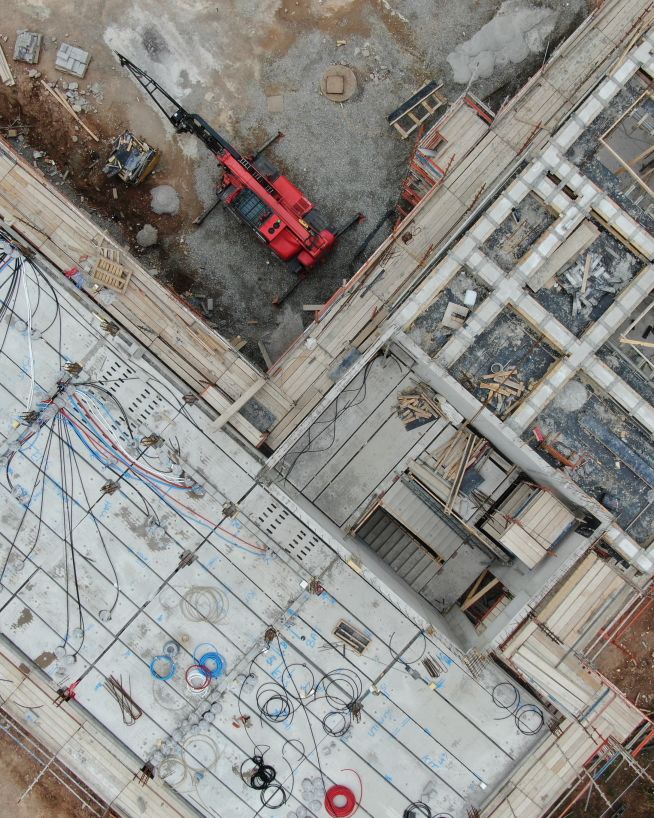
Instant, actionable data with no downtime

Accurate, safe and instantly actionable data collection
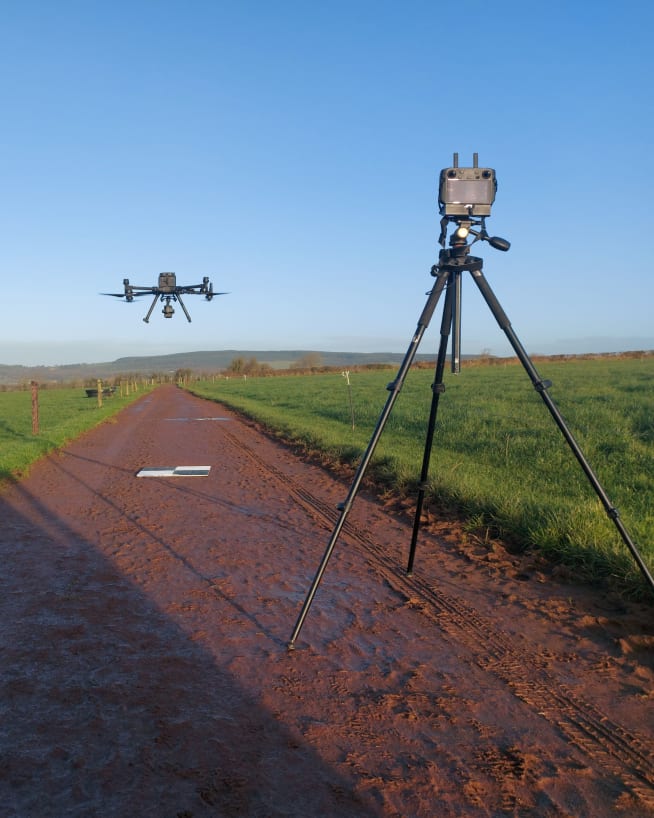
Accurate and efficient analysis of crops and land
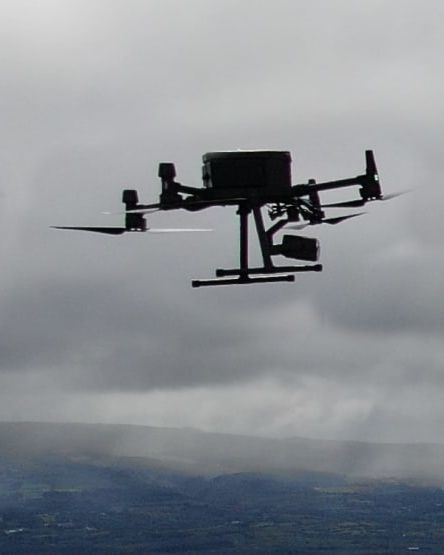
A more cost- and time-effective way to receive critical data
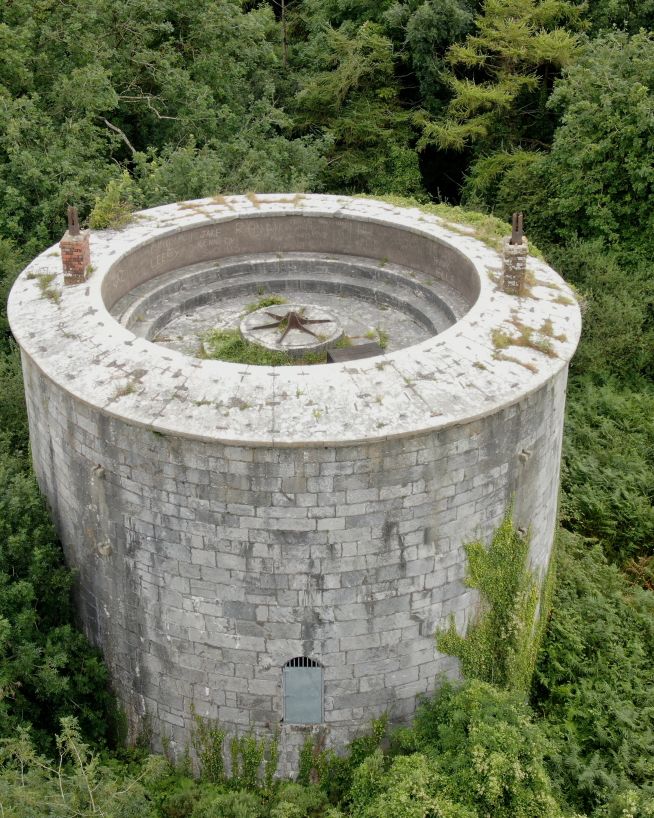
Analyse historical buildings without risk to people or property
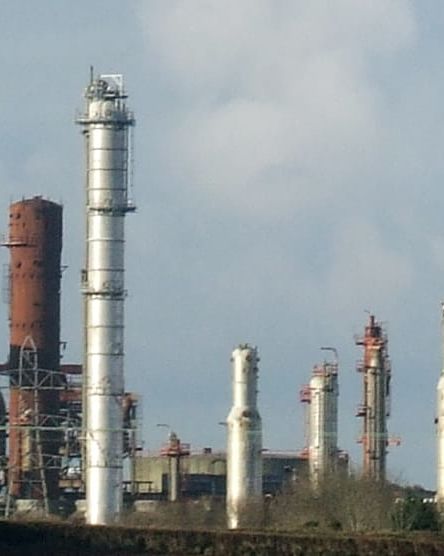
Actionable data from a safe distance, with less downtime
Lidar drone mapping is the use of drones equipped with Light Detection and Ranging (Lidar) technology to create high-resolution 3D maps of terrain, buildings, and other objects. The drone emits laser beams that bounce off objects and return to the drone's sensors, creating a detailed point cloud of the object or terrain. The resulting data can be used in a variety of applications, including urban planning, construction, and environmental monitoring. Lidar drone mapping is faster and more accurate than traditional surveying methods and can cover a larger area with greater detail in less time, making it an increasingly popular tool for mapping and surveying professionals. More about LIDAR...
Drone-based thermal imaging is a technology that utilizes unmanned aerial vehicles (UAVs) equipped with thermal cameras to capture high-resolution thermal images of various objects or areas. This technology allows for the detection and measurement of temperature variations in a scene, enabling the identification of heat signatures of objects and their surroundings.
Drone-based thermal imaging can be used in a variety of applications, including search and rescue operations, inspection of power lines, pipelines, and other infrastructure, monitoring of wildlife, and identifying energy inefficiencies in buildings. The technology can detect temperature differences as small as 0.1°C, making it a valuable tool for detecting hotspots and identifying potential hazards.
In operation, the drone is flown over the area of interest, capturing thermal images of the scene. The images are then processed using specialized software that converts the temperature data into visible images that can be analyzed and interpreted. The resulting images can show temperature variations in a range of colors, with red and yellow indicating hot spots, and blue and green indicating cooler areas.
Overall, drone-based thermal imaging is a powerful technology that provides accurate, non-invasive, and efficient data for various applications. Its ability to provide high-resolution thermal imagery from a safe distance makes it a valuable tool for numerous industries and professionals. More about thermal imaging...
UHD or Ultra High Definition signifies that a camera's resolution is 3840x2160 pixels. This is exactly four time higher than high definition cameras (1920x1080 pixels), and so UHD is often also know as 4K. More about drone photography...